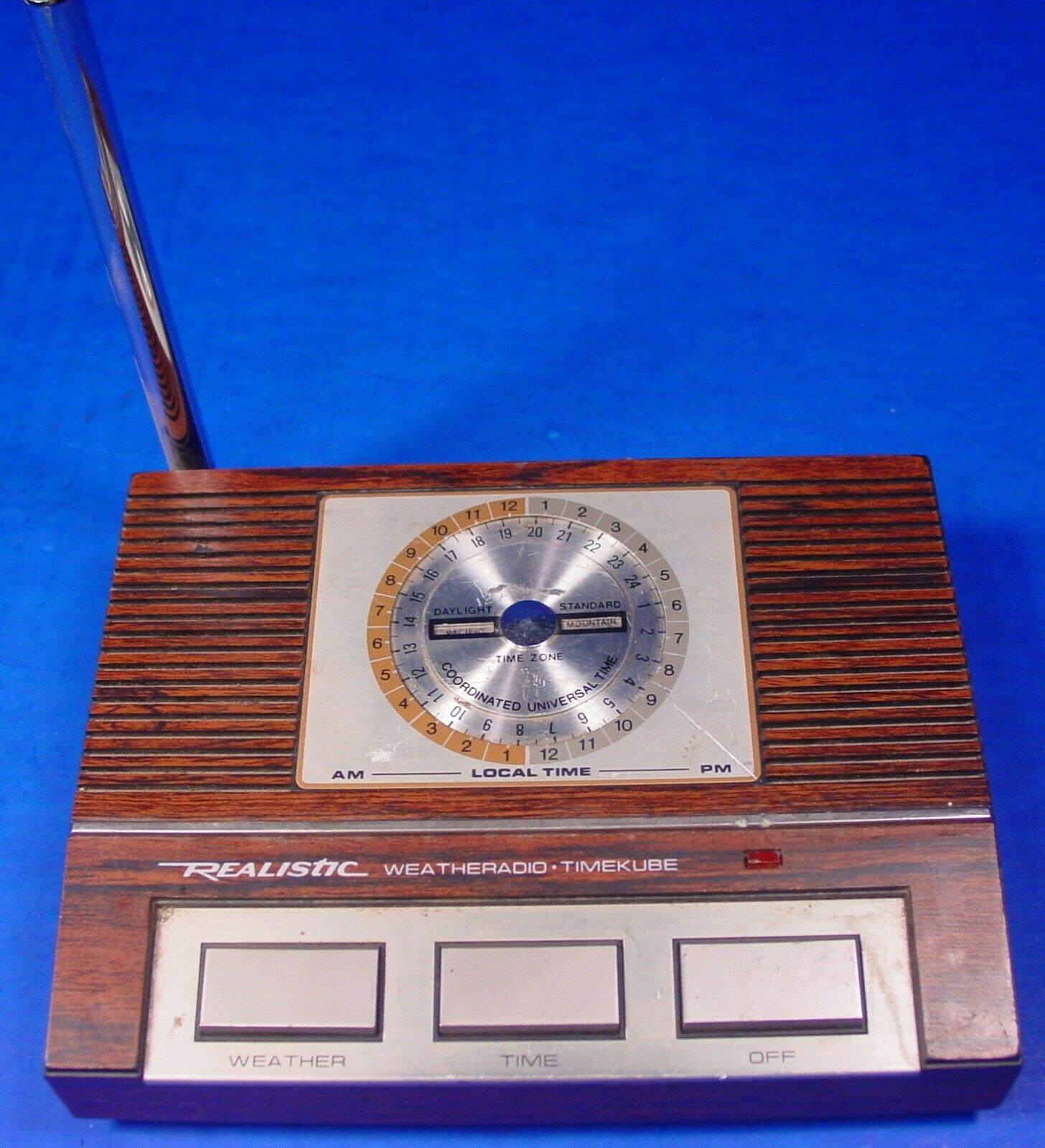-40%
1874 Buff & Berger Transit Serial #214, oldest Buff and Berger known & a BEAUTY
$ 976.8
- Description
- Size Guide
Description
This is a beautiful lacquered brass 30 second transit I have had in my collection for 30 years. It comes with a Buff & Buff solar right angle eyepiece and has the optional gradienter attachment. Rare to find a transit this old being the earliest Buff and Berger I am aware of, in this condition being twice as accurate as a standard transit and with the extras. The motions are smooth, optics and 3 wire cross hairs are in good shape, this is a good working instrument with the original wood box and a few box extras you see in the photo (original sunshade and lens cap also, forgot to put them in the picture), no tripod. This transit has an 10 1/2" long scope, a 4 1/4" compass needle and a 6 1/2" plate.Postage is .00 if within the US, more If you are outside the US; no charge for careful packing.
Here is some information on the well known Buff and Berger firm:
Buff & Berger
George L. Buff and Christian Louis Berger went into business in Boston in 1871, trading as Buff & Berger and manufacturing "all kinds of surveying, astronomical, mathematical and philosophical instruments." The new firm was remarkably successful, attracting numerous customers, and winning awards at state and national exhibitions. Buff & Berger boasted two circular dividing engines. The larger, of 3 feet diameter, had been built by John H. Temple of Boston. The firm was dissolved in 1898, and succeeded by Buff & Buff and by C. L. Berger & Sons.
On October 18, 1871, along with George L. Buff, another German who he had met in England while working with Cooke and Sons, Berger established his first business at No. 9 Province Court, Boston. Housed in a single room and specializing in surveying, engineering, mining and scientific instruments, the firm of Buff and Berger lasted until 1898. The company succeeded, expanding to occupy the whole building at No. 9 and most of the room at No. 7. It survived the Boston fire of 1872, but in the end would not survive its founders' disagreement about how many and which of the families' sons would be taken into the firm. It was originally agreed that each side of the firm would send one son to Germany to be educated in the business. George Buff had two sons—Karl and Louis. So did Louis Berger—William Albert and Louis Hermann. William A. Berger and Karl Buff were chosen and attended the Stuttgart factory of L. Tesdorph. The young Berger succeeded, as his original certificate from the City Tradeschool of Stuttgart in 1893 attests, and "did winter semester in 1893/94… studied trade drawing, and obtained…with very good behavior and hard work, … good progress…" Unfortunately, the Buff son did not develop as expected, so his brother Louis replaced him. Further disagreements about the future of the sons led to an acrimonious separation of the founders and the dissolution of the company in 1898.
There followed, according to William Berger, endless legal wrangles regarding alleged violations of patent rights and violation of a distinct clause that was designed to prevent Buff from re-entering the instrument manufacturing business for one year. Interpersonal conflicts continued through the litigation and eventually led to contempt of court charges. Interestingly, the schism was anticipated by Louis Berger as a few strictly-Berger-labelled instruments appeared before Buff and Berger was officially dissolved. The rift was irreversible, as was later reflected, for instance, in a 1922 volume of the
National Magazine
, where, in a biography of C. L. Berger titled "Dean of the World's Instrument Makers," there is no mention of either George Buff or the firm Buff and Berger.
Most Productive Period
Berger and his two sons acquired the assets of Buff and Berger, including everything from cash-on-hand through instrument stock to goodwill, and carried on the business in Province Court until 1902, when they moved the operation to 37 Williams Street in Roxbury. From then until 1922, the company made instruments for civil, geodetic, geological and petroleum engineers and surveyors. They diversified to produce special and unique instruments for scientists, particularly astronomers. Again according to William Berger, they were also involved in developing a ‘'technicolor camera projector" under the direction of Kalmus Comstock and Hestcots, which later became Technicolor. Equipped with a set of excellent dividing engines, this was arguably the most productive and influential period for Berger Instruments, and led to its association with academia and the publication of its unique and comprehensive catalogues.
According to a reported extract from the proceeding of the Meeting on Instruments of Precision, before the Society of Arts at the Massachusetts Institute of Technology in 1877, "There is no branch of mechanical arts which requires more skill in the use of tools, more geometric knowledge, or greater patience, than the construction of an automatic dividing engine." Berger inherited two from Buff and Berger, one built by Jesse Ramsden in London, and another made by William Wurdemann of Coast Survey fame, manufacturer of astronomical and geodetic instruments, and a fast friend of Berger's.




















